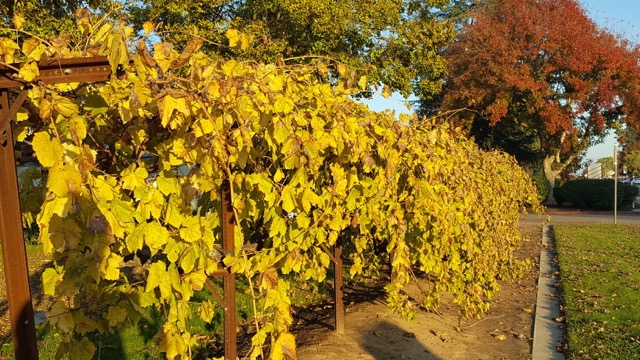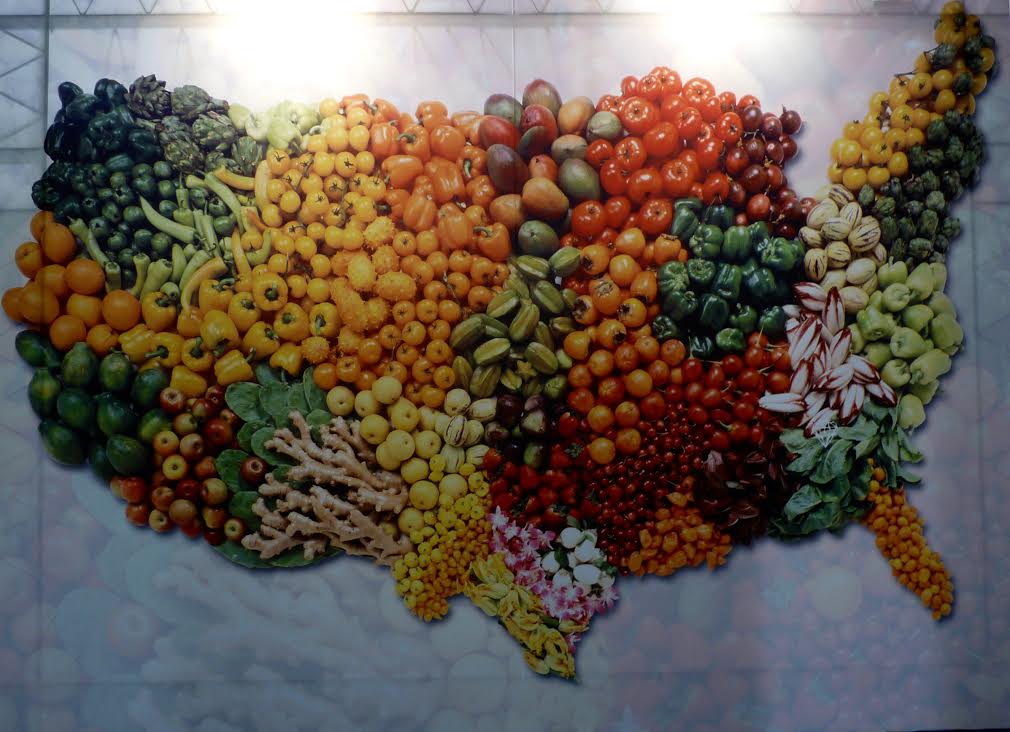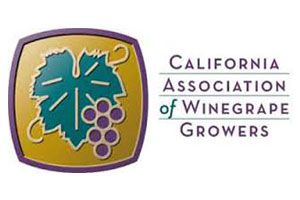Improving Winegrape Quality Will Improve Prices For Growers
Improving Central SJV Winegrape Quality
By Tim Hammerich with the Ag Information Network
Frank Saviez has been growing quality winegrapes in the Central Valley for more than 40 years. Looking ahead, though, he sees a future in which valley growers can command more of a premium for their grapes.
“The variety of grapes and the tonnages that are grown here are generally geared into the $5 to $10 bottle of wine. And when you analyze that and what the wineries want to pay for those varieties, it limits your ability to produce quality wine grapes,” said Saviez. “To do that you have to reduce the tonnage per acre to get a quality of grapes that you can make wine that would sell rather than $5 to $10, but $10 to $20.”
Saviez has worked with Fresno State and others to plant varieties that show promise for performing well under central valley conditions. He’s explored varieties such as albarino, chono, vermentino, shiraz, malbec, and teraldego. All with the goal of providing higher quality options to central valley growers in the future.
Saviez…”I have planted several varieties with the goal in mind to be in a position to influence the long term goals of grape growers in the central valley.”
Saviez hopes introducing new premium varieties will move prices up to the $400 – $600 per ton range seen in other areas.































